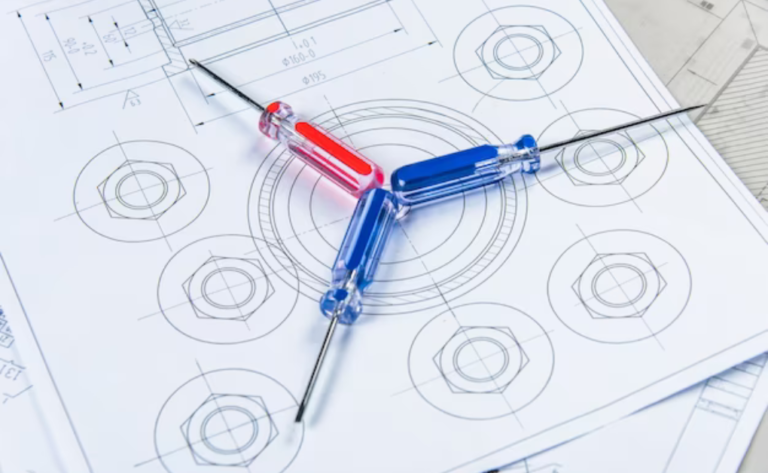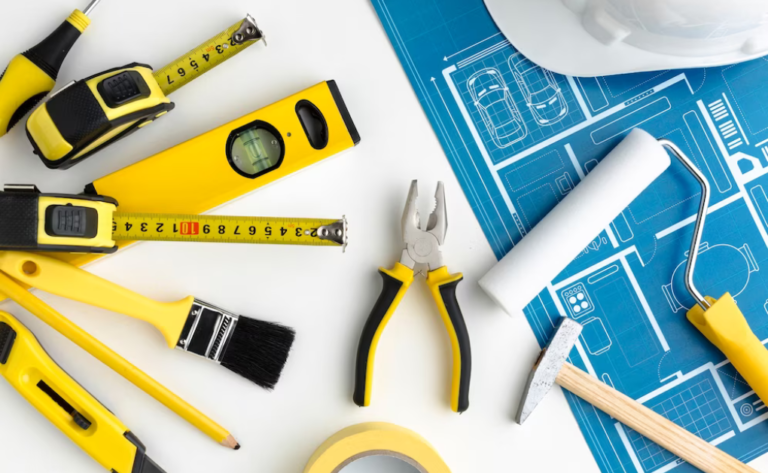Mastering CAD: Tips for Efficient 3D Modeling
In the realm of modern design and engineering, Computer-Aided Design (CAD) has revolutionized the way we conceptualize and bring ideas to life. 3D modeling, a fundamental aspect of CAD, enables designers, architects, engineers, and artists to create intricate and detailed digital representations of physical objects and spaces. However, mastering the art of 3D modeling requires more than just software knowledge; it demands a combination of creativity, problem-solving, and efficient techniques. In this blog post “Mastering CAD: Tips for Efficient 3D Modeling”, we’ll explore essential tips for efficient 3D modeling that can help you elevate your skills and produce high-quality designs.
Choose the Right Software

Begin by selecting the CAD software that suits your needs and industry. Popular options like AutoCAD, SolidWorks, Blender, Fusion 360, and Rhino offer diverse tools for different purposes, such as mechanical design, architectural modeling, or artistic creations.
Understand the Basics
Before delving into complex projects, ensure you have a solid grasp of the fundamental concepts of 3D modeling, including geometry, topology, mesh, surfaces, and curves. Understanding these basics will enable you to build more sophisticated models.
Plan Your Design

Every successful 3D model starts with a well-thought-out plan. Sketch your ideas on paper or digitally before you begin, outlining the dimensions, proportions, and overall structure of your model. Planning reduces errors and saves time during the modeling process.
Utilize Keyboard Shortcuts
Learning and using keyboard shortcuts can significantly boost your modeling speed. Familiarize yourself with common shortcuts for actions like selecting, copying, pasting, and navigating the workspace. Over time, these shortcuts become second nature, streamlining your workflow.
Organize Your Workspace

Efficient 3D modeling involves maintaining an organized workspace. Create layers or groups for different components of your model, making it easier to manage and modify individual elements.
Master the Art of Selection
Selecting and manipulating various parts of your model is a fundamental skill. Learn different selection techniques, such as lasso, box, and individual selection, to precisely control the elements you’re working on.
Use Parametric Modeling
 Parametric modeling allows you to create objects with parameters and constraints, enabling quick modifications. This feature is particularly useful for mechanical and engineering designs, as it facilitates iterative changes without starting from scratch.
Parametric modeling allows you to create objects with parameters and constraints, enabling quick modifications. This feature is particularly useful for mechanical and engineering designs, as it facilitates iterative changes without starting from scratch.
Employ Booleans and Boolean Operations
Booleans are operations that combine or subtract multiple shapes to create more complex forms. Understanding how to use Boolean operations effectively can save time when constructing intricate models.
Practice Regularly

Like any skill, 3D modeling improves with practice. Set aside time to experiment, take on new challenges, and refine your techniques. The more you practice, the more comfortable you’ll become with the software’s tools and features.
Explore Tutorials and Online Resources
Online tutorials, forums, and communities can provide invaluable insights and solutions to common modeling challenges. Engaging with fellow designers and learners can expose you to new techniques and perspectives.
Optimize for Performance

As your models become more complex, performance can become an issue. Learn about techniques like LOD (Level of Detail) modeling and mesh optimization to ensure your models are efficient and can be rendered smoothly.
Conclusion:-
Mastering CAD: Tips for Efficient 3D Modeling:- Mastering CAD and efficient 3D modeling is a journey that requires dedication and continuous learning. By following these tips, you can enhance your modeling skills, improve your workflow, and create impressive designs that push the boundaries of imagination. Remember, every model you create contributes to your growth as a designer, so stay curious, be persistent, and enjoy the creative process.







